Efficiency is the future of energy production
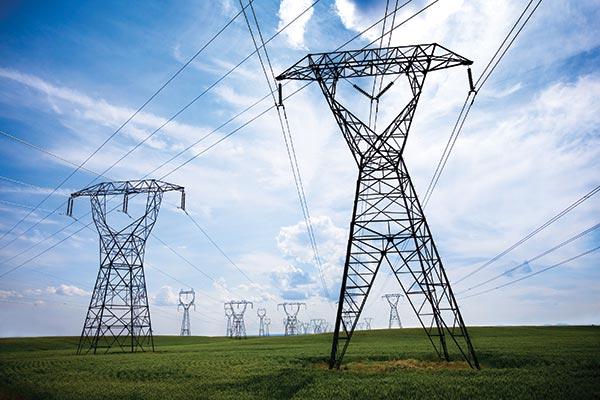 |
| As Vietnam’s economy bounds forward, energy demands are growing apace, and efficient solutions are urgently needed |
In recent years, the electricity demand in Vietnam has been growing at double the country’s GDP rate. With energy demand expected to escalate an additional 16 per cent over the next four years, electricity shortages are virtually unavoidable and the need to secure further energy development is clear.
In order to implement the country’s seventh Power Master Plan approved by the prime minister in 2011, the government estimated that the required total investment for the power sector would be approximately $48.8 billion up to 2020. Meanwhile, for the period between 2021 and 2030 this figure may be as much as $75 billion. If this development is to provide positive economic growth and meet the needs of the nation’s growing population, it will also require a strong commitment to efficiency.
A solution for a fast-growing country
The country’s impressive growth has naturally resulted in a commensurate increase in final energy consumption. The stable economic growth of over 5 per cent is projected to last until 2020 and will drive the electricity demand to approximately 360 billion kWh in 2020, upwards from the maximum expected figure of 210 billion kWh in 2015.
Over the last decade, Vietnam has put great emphasis on the development of its national electricity grid, resulting in a 96.4 per cent coverage of all households in 2012. Yet, as of 2014, there are still almost 550,000 households without access to the national grid. These households are often located in mountainous regions and islands with poor living conditions, as was mentioned in a 2014 USAID report. The spread of electrification carries in itself huge potential and great challenges to Vietnam, a country with a 3,400 kilometres coastline (including islands) and mountainous terrain making up almost three quarters of its surface area.
There are two power generation models which could possibly address this challenge: a national power generation plan, which would entail the creation of a country-wide transmission grid, or a distributed power model, where power generation takes place, and is often utilised, locally.
Energy efficiency in power generation is heavily impacted by the choice of fuel and the efficiency of power plants; this includes, but is not limited to, operational and equipment efficiency. One of the most important factors that influence cost and performance in power generation is technology.
Apart from having supplied more than 10 gas turbine units (Frame 6 and 9FA) and two 300 megawatt steam turbines (D5), GE is introducing H-class technology gas turbines and the latest generation of steam turbines to the Vietnamese market.
Sporting an efficiency index of 61 per cent, GE’s 9HA is currently considered the world’s most efficient gas turbine, according to a poll by Gas Turbine World. The 9HA turbine boasts GE’s most cost effective fuel-to-power conversion rate. It reduces CO2 emissions and lowers operational and maintenance costs, resulting in cost savings, lower electricity tariffs for consumers, and a reduced environmental footprint.
Asides from the choice of turbine, the choice of fuel will also contribute to differences in tariff rates for domestic and commercial consumers alike. With governments – including the Vietnamese – moving away from a reliance on subsidies, technological efficiency and fuel selection has become an increasingly important consideration.
Reliable and flexible sources of power
The seventh Power Master Plan emphasises a balanced development of power sources in each region of the country (north, central, and south
Vietnam) to ensure that the power source reserve capacity is shared effectively and the power supply in each region of the country is reliable.
Currently, coal provides 29.7 per cent of global energy usage and in Vietnam, it serves as the main source of input materials for many investors in the country’s energy industry. While coal will be a big part of the energy mix, the abundance of natural gas is leading to an increase in gas-fuelled power plants, even though the cost of natural gas can amount to 70 per cent of operational expenditures. Innovative technologies, including the top-of-the-range 9HA gas turbines, must therefore be adopted to maximise the efficiency of power generation and ensure competitiveness. This, coupled with a strategic generation mix, will ensure a sustainable and affordable cost of electricity for end users.
Any discussion about alternative power sources would not be complete without mention of renewable energies such as hydro, wind, solar and biomass power. All of these are rapidly becoming more widespread in energy generation.
Vietnam is endowed with a great potential of renewable energy resources distributed throughout the country. The geographic orientation with approximately 3,400km of coastline has an average wind speed of 7 m/s. Solar energy is also abundant with average solar radiation at 5kWh/m2 per day across the country. Seizing on this potential the state has also given top priority to the development of renewable energy power sources.
GE has built a good reputation in Vietnam’s renewable energy sector, most notably in wind power, and it has also provided technological support to other renewable energy and power generation projects in the country.
In 2010 and 2013, GE signed contracts with Cong Ly Construction-Trade-Tourism Ltd. to provide ten 1.6-82.5 wind turbines for the first phase and 52 turbines of the same model for the second phase, respectively, of the Bac Lieu wind farm in the Mekong Delta, with a total output of 99.2MW. The first phase of the project has been completed, supplying 60 million KWh to the national grid.
Recently, GE was chosen as the provider of 14 turbines in the first phase of the Tay Nguyen wind farm project, the first of its kind in the Central Highlands of Vietnam, located in Dak Lak province. Upon its completion in 2020, it will be the largest-capacity wind farm in the country with an expected total capacity up to 120MW to generate 400 million kWh per year.
In 2013, GE, the Electricity Regulatory Authority of Vietnam (ERAV), and the Ministry of Industry and Trade also signed an agreement for a “renewable energy integration study” aimed at developing wind power as a reliable energy source into the national grid. The study has provided valuable insights into grid stress and stability, and an evaluation of the reliability of long term wind forecasting. The project is funded by the US Trade and Development Agency under the Grant Agreement between the US government and ERAV.
Distributed power systems
There is a strong need for energy solutions across the globe, and by meeting this need, distributed power has become part of an environmentally-ethical cycle of human and economic development. In this era of transformation, GE’s broad portfolio of innovative and diverse distributed power solutions gives businesses and communities around the globe the ability to generate reliable and efficient power using a variety of fuels anywhere, on or off the grid.
Last year, GE announced an investment of $1.4 billion over four years to help meet the world’s growing demand for on-site power systems that are easier to finance, faster to install, and are more efficient and reliable for customers. In a white paper entitled “The Rise of Distributed Power,” GE highlights that this solution has become increasingly popular in countries seeking more reliable, efficient energy options near the point of use – on or off the grid. According to the report, distributed power will grow 40 per cent faster than the global electricity demand between now and 2020.
For a country with a mountainous terrain like that of Vietnam, distributed power may play a key role in extending electricity access to remote households. On-site power production allows for access to electricity in rural areas with little or no power grid, while providing flexibility to operate within stringent environmental regulations. Distributed power brings the added benefit of improving industrial and residential efficiency to ensure provision of emergency power in the event of natural disasters and other planned outages. There is, it seems, a local and secure solution to the country’s energy needs.
Where do we go from here?
As policy makers, regulators, and utilities endeavour to formulate an optimum generation mix, they will have to choose technology that performs at greater operational efficiency, thus cutting costs. Responsible countries have an obligation to take advantage of the most efficient technology available. More efficient turbines can provide that operational efficiency; using less fuel and reducing the demand for shrinking resources. If done correctly, this translates into cost savings, lower rates to the end user and a reduced environmental footprint. This is our future.
What the stars mean:
★ Poor ★ ★ Promising ★★★ Good ★★★★ Very good ★★★★★ Exceptional
Latest News
More News
- Addressing Vietnam's energy challenges with aeroderivative gas turbines (February 28, 2023 | 09:33)
- How to sprint ahead in 2023’s worldwide energy priorities (February 08, 2023 | 13:55)
- Boosting Vietnam's grid stability through gas turbine technology (November 22, 2022 | 20:02)
- Healthcare trio collaborates to provide thousands of free breast scans (October 27, 2022 | 17:19)
- GE Healthcare's vision for AI-backed radiology (September 29, 2022 | 11:53)
- GE brand trio to shape the future of key industries (July 19, 2022 | 15:35)
- GE unveiling brand names and defining future (July 19, 2022 | 15:16)
- GE: the shortest route towards sustainability (July 18, 2022 | 08:00)
- Be proactive in an uncertain world (May 20, 2022 | 11:40)
- GE secures first 9HA combined cycle power plant order in Vietnam (May 16, 2022 | 17:06)



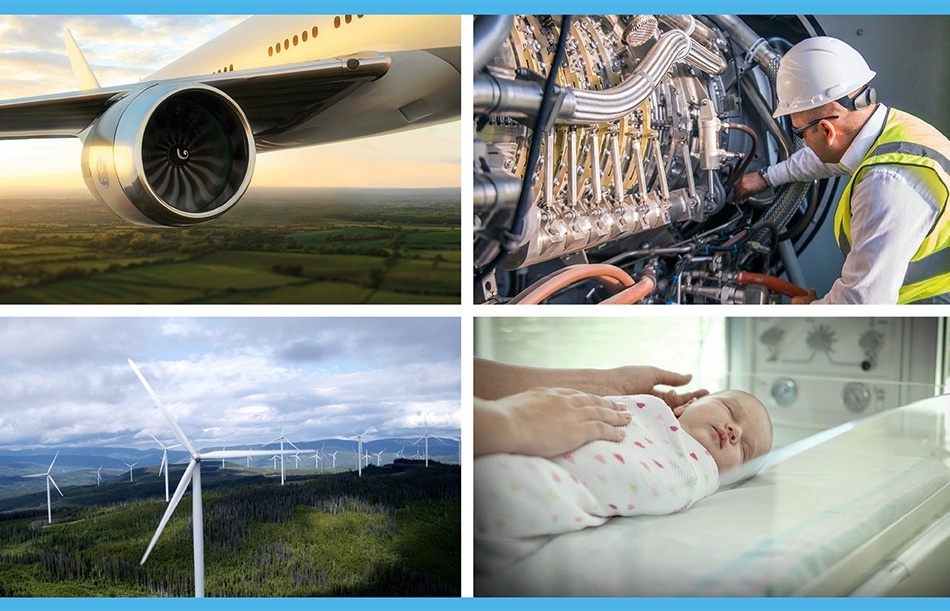


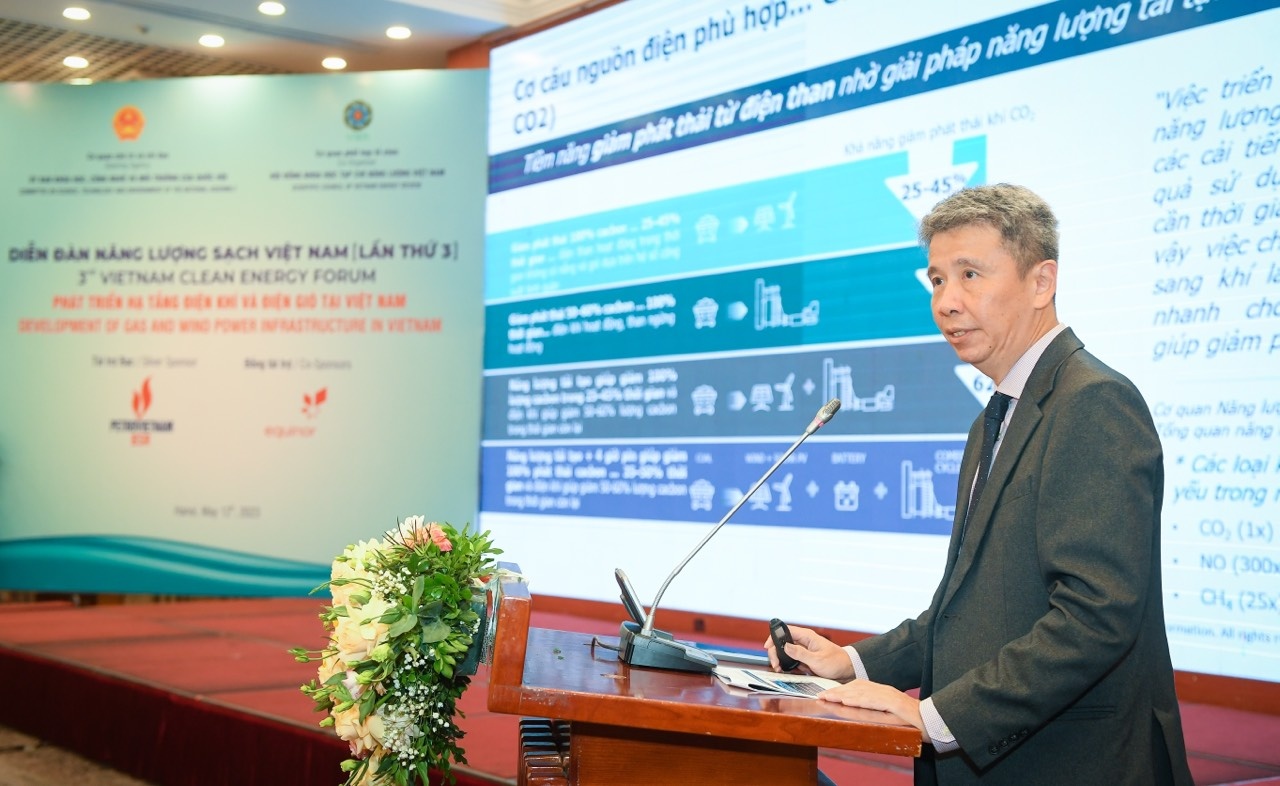

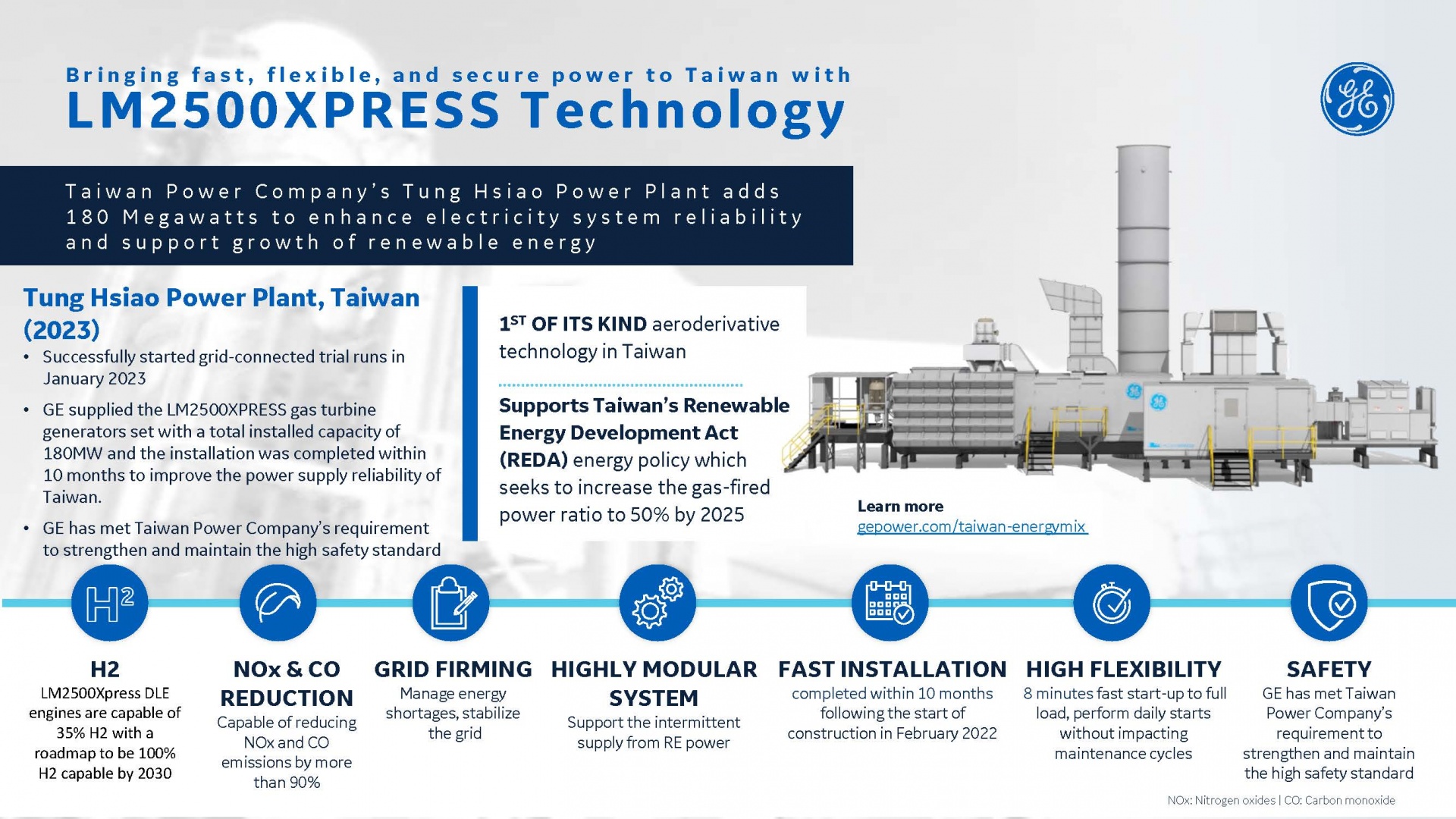



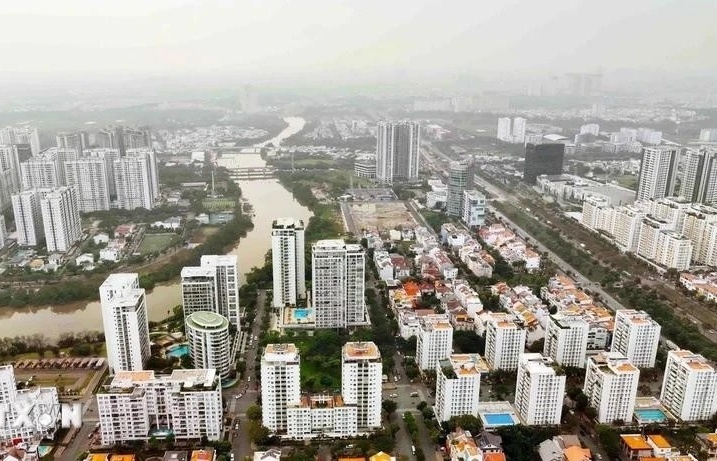




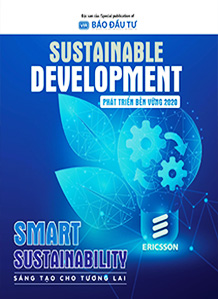
 Mobile Version
Mobile Version